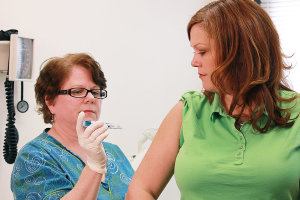Facts
-The Community Transportation Association of North America has a web site that is being updated with news and information regularly regarding NEMT policy and services.Recently, they instituted the online RIMMS program, which is designed at reasonable cost to provide organizations, with information, resources, services, and products related to starting or further expanding existent NEMT services. (See www.ctaa.org).
-ParaTransit Watch is an ongoing blog with resources, articles, directories, and pertinent information regarding non-emergency medical transportation. Posts can be viewed dating back to as early as 2009. Two business strategies recommended in the introductory section, are for the NEMT to consider how their service can be unique among the competition; also, consider ways diversification may be integral with the service. (see the blog Paratransit Watch, blogspot.com).
-The Centers for Medicaid and Medicare services have a broad-based web site covering a variety of healthcare issues. (See Program Integrity: NEMT Toolkit, www.cms.gov). For general information other areas include nursing home toolkit, documentation matters, electronic medical record, hospice and managed care plans.
Additional NEMT Facts
These are noted from the CTAA digital magazine which can be accessed at their web site. (See www.ctaa.org)
 -NEMT services play a vital role in working with current healthcare programs dependent on outpatient care for chronic conditions.
-NEMT services play a vital role in working with current healthcare programs dependent on outpatient care for chronic conditions.
-People who have lower incomes or reside in remote areas have a common barrier of accessing transportation to receive medical services.
-NEMT services are noted to save lives and money.
-In areas where a driver may be required to obtain a community driver license, CDL, they must receive what is known as a Medical Examiner Certificate.
Industry observers conservatively estimate profit gained from providing NEMT services may be 20 percent to 35 percent annually. Again, there are supplemental programs that can aid one who is new to the NEMT service area.
Indications are the need for NEMT services will grow steadily up to 2030. New technical advances further the spectrum of outpatient procedures. The population needing transport services is anticipated to grow at a rate of 2.3 percent annually, especially those 65-years-old and beyond.